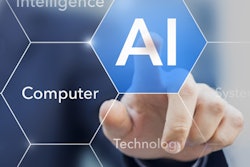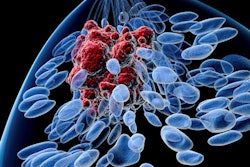Dear AuntMinnieEurope Member,
It's very rare these days for a gadolinium-related publication or talk to be free of controversy, but there must be an excellent chance that the new U.K. safety guidelines will gain widespread, if not universal, global acceptance.
Any best-practice document from the Royal College of Radiologists tends to be thoroughly researched and pretty comprehensive, and this appears to be the case for its updated report on gadolinium-based contrast agents (GBCAs). It's reassuring that Dr. Giles Roditi, the highly respected radiologist from Glasgow, is the principal author. Check out the guidelines yourself by heading over to our MRI Community.
Given the ongoing concerns over GBCAs, many researchers are looking at how to avoid using gadolinium without compromising image quality. Artificial intelligence (AI) is helping in this area, according to a new study published in Radiology. Find out how in our news story posted this week.
In other important news about AI, a Swedish group has assessed a prototype commercial machine-learning algorithm on more than 300 coronary CT angiography scans at different voltage levels. The investigators found no statistically significant differences in the algorithm's ability to estimate fractional flow reserve. Don't miss this report, which is in the CT Community.
For an accurate and prompt diagnosis of tuberculosis (TB), the vigilance and knowledge levels of radiologists are vital factors. Preliminary results from a research group in Italy suggest that lung ultrasound can be of value in TB, especially for patients in whom radiation exposure is of great concern. The findings are to be presented at this week's Paris congress organized by the European Society of Thoracic Imaging and the Fleischner Society.
Meanwhile, researchers from a leading German facility have found that portable, handheld ultrasound devices tend to work just as well as high-end ultrasound systems for diagnosing disease at the bedside for elderly patients.
Last but not least, an Austrian team has developed a computer-aided segmentation and diagnostic algorithm to distinguish between cancerous and benign breast lesions using PET and MRI data.



















